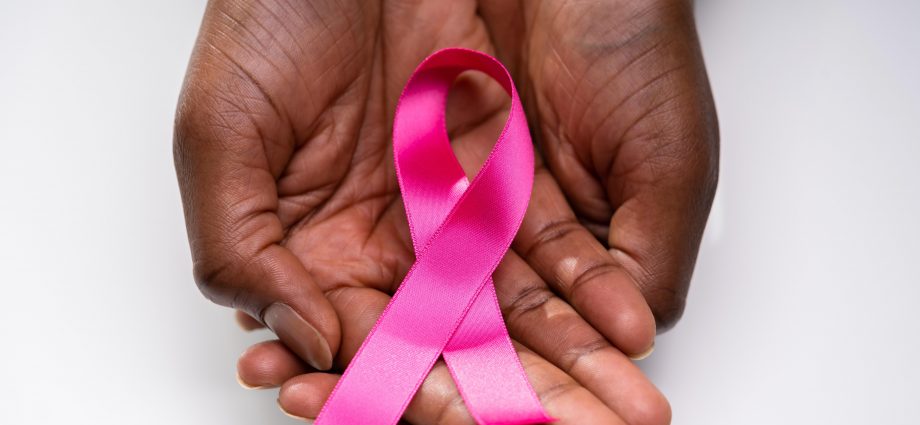WEDNESDAY, April 19, 2023 (HealthDay News) — Some women with multiple breast tumors can safely be spared breast removal surgery, choosing less invasive treatment instead, new research suggests.
Under certain conditions, women with two or three breast tumors in one breast can avoid mastectomy without increasing the chances that their breast cancer will come back.
“For these patients, breast-conserving therapy is a reasonable treatment option,” said study author Dr. Judy Boughey. She is a breast surgical oncologist and professor of individualized medicine at the Mayo Clinic in Rochester, Minn.
Breast-conserving therapy includes lumpectomy or lumpectomies to remove the breast tumors, followed by whole-breast radiation with a boost to the areas where the lumpectomy was performed to kill any errant cancer cells.
The five-year local recurrence rate of 204 women who underwent breast-conserving treatment was just over 3%, which is extremely low and in line with local recurrence rates after mastectomy, Boughey said.
This approach is not suitable for all women with breast cancer. The number and size of the tumors makes a difference. “Each tumor had to be less than 5-centimeters in size,” Boughey said. “They need a breast size that allows resection of both lesions with enough remaining breast tissue to conserve,” she added. (This is known as the tumor:breast size ratio.)
There is likely no one-size-fits-all treatment choice for women with breast cancer, she noted. “Ultimately, the decision is up to the patient, but this study provides data to support that breast conservation is a reasonable oncologic option,” Boughey said. “Physicians can use this data to counsel patients and reassure them that both options are appropriate.”
All women in the study had two or three breast cancers in the same breast and expressed interest in breast-conservation surgery. They had lumpectomies to remove tumors, followed by whole-breast radiation with a radiation boost to each lumpectomy site.
The women were observed for five years. During this time, six had a recurrence of breast cancer in the same breast. People with breast cancer genes and those under 40 were not included in the new study.
All people in the study had a mammogram and ultrasound before their surgery. The majority also underwent a breast MRI. The local recurrence rate was lower in people who had an MRI before treatment than those who did not.
The study was published in the April 18 issue of the Journal of Clinical Oncology.
In the past, women with two to three tumors in one breast have been counseled to undergo mastectomy because of the lack of data regarding the results of breast-conserving surgery, said Dr. Freya Schnabel. She is a surgical oncologist at NYU Langone Cancer Center in New York City.
“The study provides good evidence supporting the use of breast-conserving surgery in women with two primaries in the breast (very few patients had three primaries), which is welcome news for patients and surgeons,” said Schnabel, who has no ties to the new study. “It certainly expands the number of women who can have breast-conserving surgery and avoid mastectomy if they wish.”
Larger lumpectomies, or multiple lumpectomies, followed by radiation treatment, may have significant cosmetic impact on the breast, causing distortion or asymmetry. “This is something patients should be counseled about,” Schnabel said. “Patients are appropriately concerned about the risk for recurrent cancer in the breast, which necessitates more surgery (often mastectomy), and prior radiation may increase the risk of wound complications with breast reconstruction.”
More research is needed before Dr. Sarah Cate changes how she would counsel women who fall into this category. She is an assistant professor of surgery at the Icahn School of Medicine at Mount Sinai, and the director of the special surveillance breast program at Mount Sinai Health System in New York City.
“This is not enough patients nor long enough follow-up for me to offer less than a mastectomy, which is standard of care,” said Cate, who also has no ties to the research.
“Typically, patients with more than one cancer in different quadrants of the breast require a mastectomy,” she said.
The new report is an excellent starting point to see if we can save the breast in these types of patients, she said. “I would counsel patients that mastectomy is still standard of care in this population, but this may change in five to 10 years in a subset of appropriate patients, and they would need to undergo preoperative MRI.”
More information
The American Cancer Society explains more about breast-conserving surgery.
SOURCES: Judy Boughey, MD, breast surgical oncologist, W.H. Odell Professor of Individualized Medicine, Mayo Clinic, Rochester, Minn.; Freya Schnabel, MD, surgical oncologist, NYU Langone Perlmutter Cancer Center, New York City; Sarah Cate, MD, assistant professor, surgery, Icahn School of Medicine at Mount Sinai, and director, special surveillance breast program, Mount Sinai Health System, New York City; Journal of Clinical Oncology, April 18, 2023
Copyright © 2025 HealthDay. All rights reserved.

